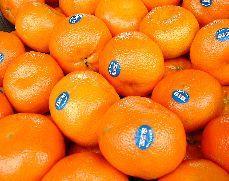
Australian teenagers aren’t eating enough fruit and vegetables to stay healthy, a national survey has revealed.
Less than 1 per cent of 14- to 16-year-olds eat the recommended one to three portions of fruit a day, and only 5 per cent manage the recommended two to four servings of vegetables, the 2007 Children's Nutrition and Physical Activity Survey found. This compares to around 60 per cent among younger age groups.
Teenage girls are at greatest risk of micronutrient deficiencies, with most not meeting dietary requirements for calcium and magnesium, the study – which based its results on over 4,000 children Australia-wide – said.
Boys in the same 14- to 16-year age group also struggle to obtain the recommended levels of the two nutrients from their diets, but the problem is less pronounced.
Across all age groups, 17 per cent of children surveyed were overweight, 6 per cent obese and 5 per cent underweight.
Australian Parliamentary Secretary for Health Jan McLucas labelled the results 'a call to action'. 'We owe it to our children - and indeed the wider Australian community - to encourage a healthy lifestyle,' she said.
The Australian federal government has appointed a taskforce to tackle the issue.
Kate Carnell, chief executive of the Australian Food and Grocery Council which co-funded the study, said the survey would help the food industry develop products that met the taste and nutritional needs of children.
'The value in having both physical activity and food intake in a single survey was that it helps to identify where we need to focus our joint efforts to help families construct a healthy diet and undertake more appropriate levels of physical activity,' she said.
The survey, the first to be jointly funded by government and the foodindustry, cost A$3m and is understood to be the most comprehensivestudy of Australian children's diet and activity in over a decade.



